Below are all of the blog posts I’ve created for the Learning Modular site. The include instructional videos and articles on important concepts (such as getting started, managing clocks in your modular system, how the different types of FM work, etc.) as well as trade show reports and other writings of interest. To browse a specific category, click on one of the Blog Categories at right.
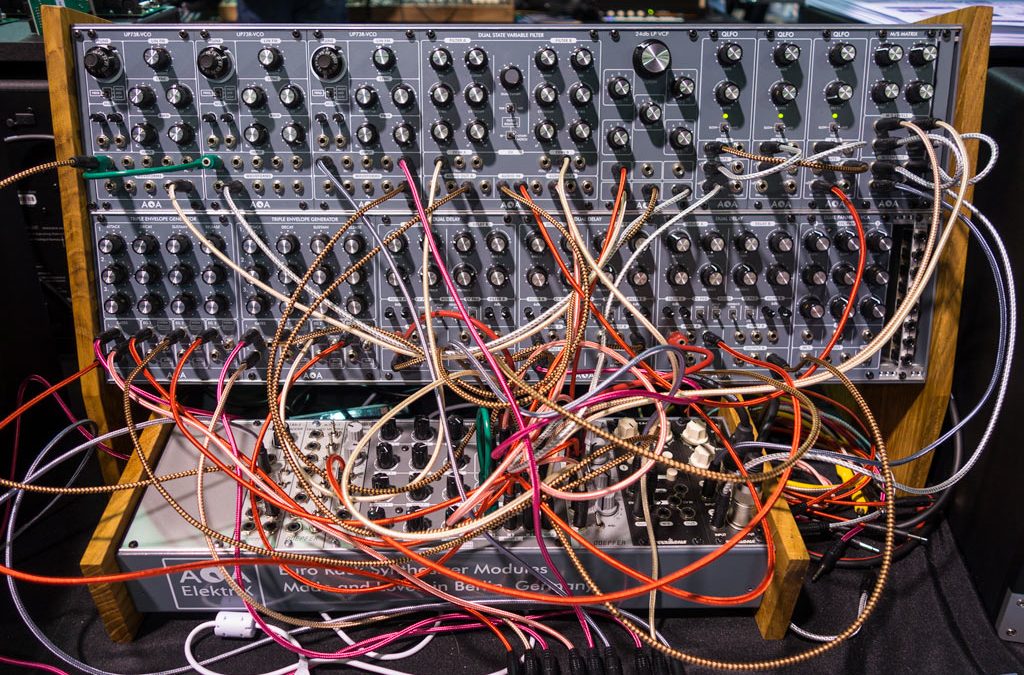
Modular NAMM 2017.5: AQA ElektriX, birdkids, Frap Tools, & Endorphin.es
Many European synth module manufacturers that we are less familiar with here in the US focus on higher end modules with a focus on features, sound quality, or both (admittedly, with a correspondingly higher price tag). I’m going to look at four of those companies in this installment.

Modular NAMM 2017.4: Soulsby, Catalyst, & Warm Star
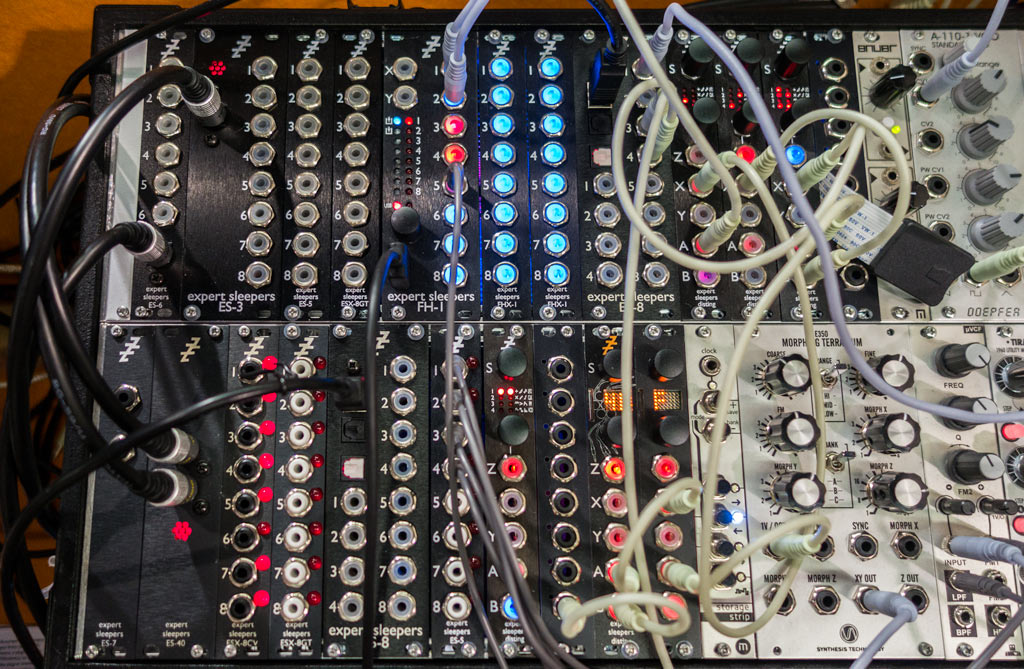
Modular NAMM 2017.3: Expert Sleepers, Five12, & Rossum Electro-Music
In this installment I discuss updates to the Expert Sleepers Disting and ES-8, the introduction of the Five12 Vector Sequencer (hardware cousin of their Numerology sequencing software), and share conversations with Dave Rossum about design challenges in his new Morpheus filter and upcoming Assimil8or sample player.

Modular NAMM 2017.2: Intellijel, AJH Synth, Industrial Music Electronics, & Malekko
My mildly insane idea of blogging everything modular of interest continues. Featured in this installment are a group of new modules from Intellijel, Industrial Music Electronics, and AJH Synth, as well as desktop synths (?!?) from Malekko including collaboration with Industrial Music Electronics.
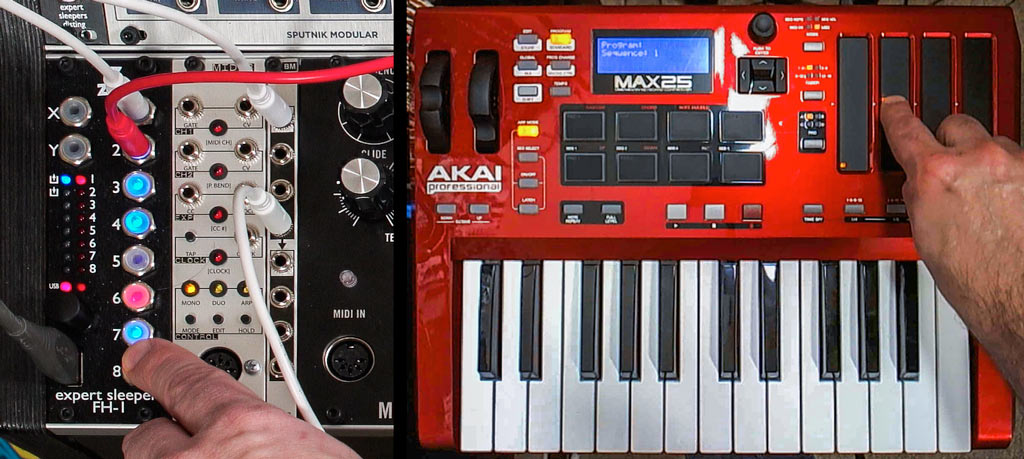
Unlocking the Expert Sleepers FH-1 ‘faderHost’
Modern MIDI controller keyboards come with a lot of input options. However, very few MIDI to control voltage + gate (CV/Gate) converters have enough outputs to take advantage of all these performance inputs, plus restrict how you use them to select operating modes. By contrast, the FH-1 comes with eight outputs (expandable to 64), with all of its operating modes available simultaneously. I’ll explain a couple of approaches to harnessing all that power.
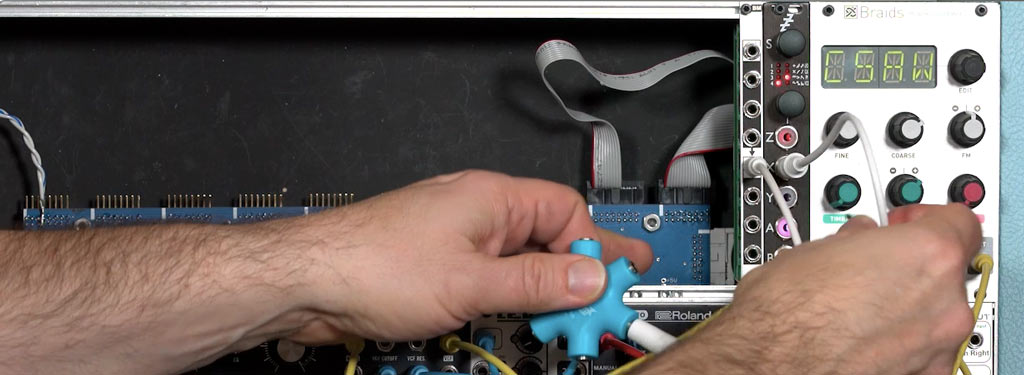
When Do You Actually Need a Buffered Multiple?
A perennial question is “do I really need a buffered multiple to connect to my oscillators?” The correct answer is “it depends” because there’s so many variables with the way different modules were designed. I figured it was time to flesh out those details so it didn’t seem like so much voodoo.
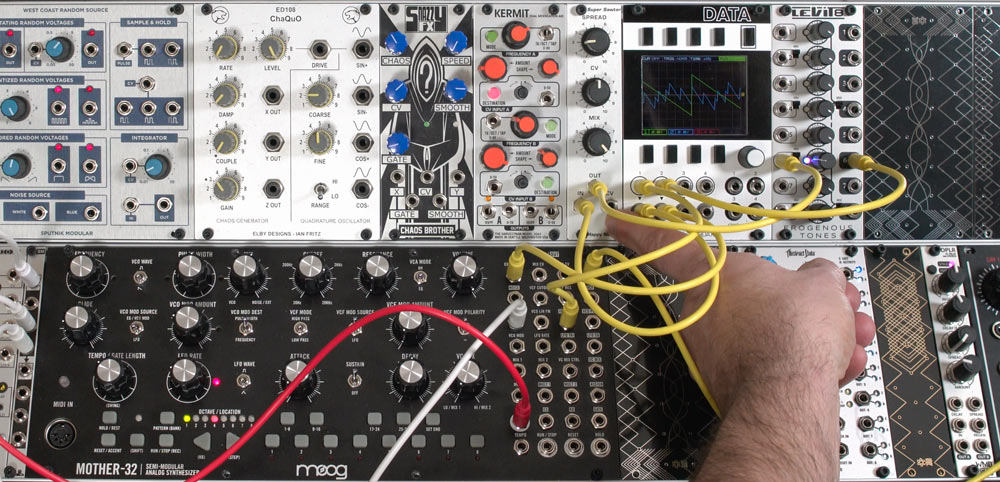
Second Oscillator, or Waveform Animator?
Many semi-modular synths have just one VCO. They usually feature a square wave with pulse width animation, but if you want to use the sawtooth wave instead, the sound can be rather static. A common addition is a second oscillator; an interesting alternative is a “waveform animator.”

Patching a Typical Subtractive Synthesis Voice
If you’re new to modular synthesizers, they can be a bit daunting initially: How the heck do you even get a sound out of them? And what’s the starting point to recreate what you’re used to from your other synths? If you’re a beginner, this under 10 minute video is your first step on the ladder to learning how to use your modular synth.

Patching a Ratcheting Sequence
Ratcheting is a Berlin School sequencing technique where an individual note in a sequence has its envelopes retriggered multiple times, usually at a musical subdivision of the sequence’s tempo – such as playing 1/32 notes in the middle of an 1/8 note sequence – to create a roll. Although used since the 70s, not everyone knows how to create a ratcheting patch on their modular. In this article I demonstrate creating and performing several typical ratcheting patches.
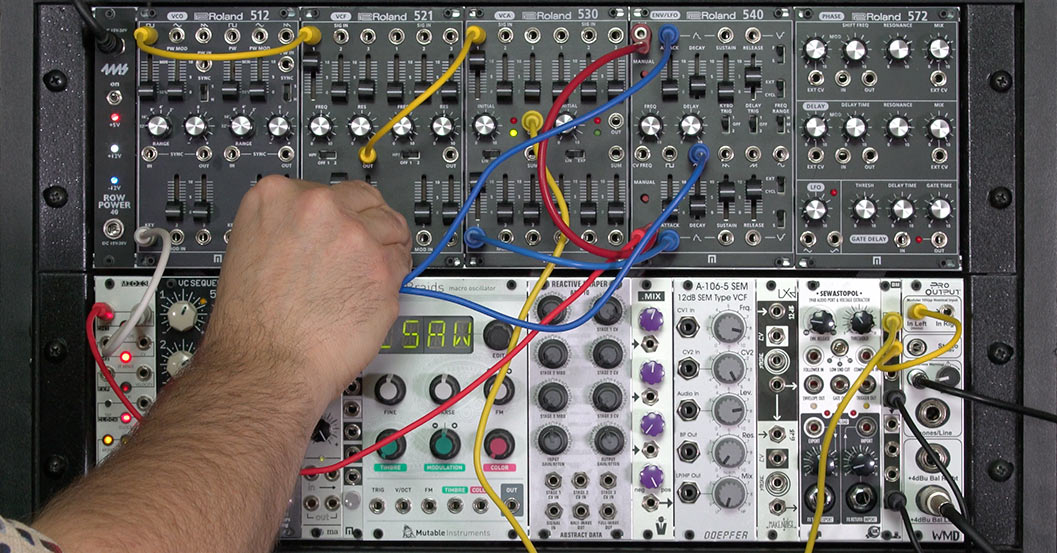
The “Learning Modular Synthesis” Training Rack
The thought process that went into building a compact yet comprehensive starting modular synth system for my Learn Modular Synthesis course that covered a wide range of both East and West Coast techniques.
